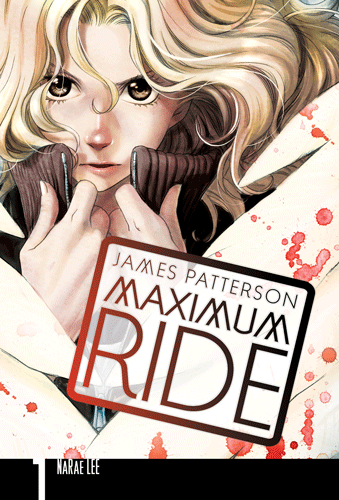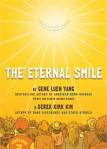So today’s mail included a review copy of Christopher Hart’s Superheroes and Beyond: How to Draw the Leading and Supporting Characters of Today’s Comics (Watson-Guptill), which isn’t really my demographic, but you know… I flipped through it and found this:
“The Athletic Female Figure
“Always show a thin waistline with wide hips, which give her sex appeal and also make her physique powerful. Small, boyish hips are no good on female characters. Comic book action heroines don’t promote the unhealthy thinner-is-always-better images so prevalent in other media. The legs are always full and shapely but without the harsh, articulated muscles seen on male superheroes. The interior muscles on women’s legs are mostly left undefined.”
…









Weekend reading, viewing
A quick overview of some of the entertainment consumed over the weekend: